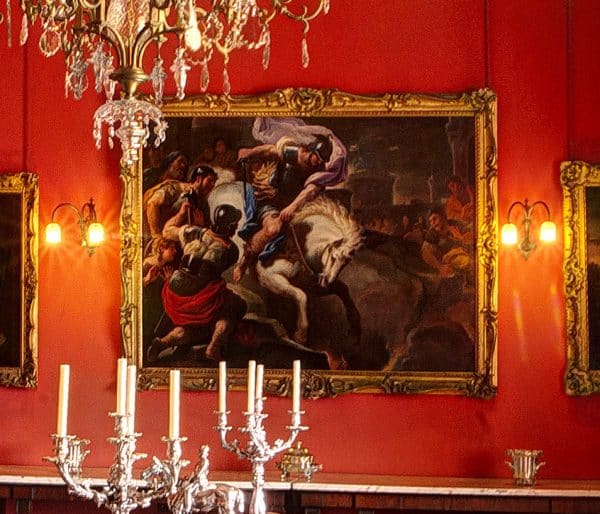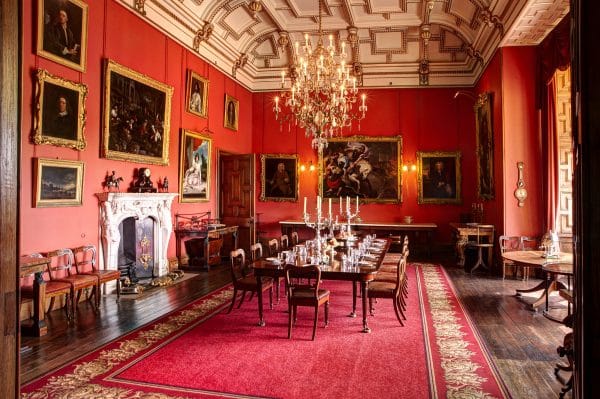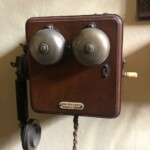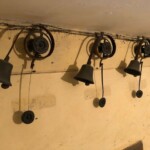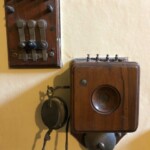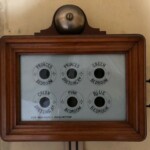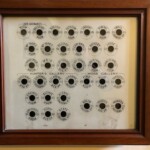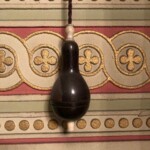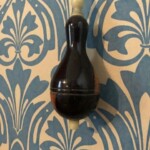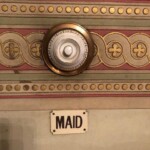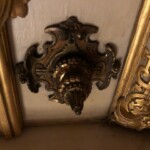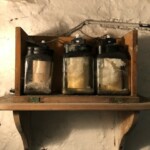October Half Term is the perfect time to pull on your coat, slip on your boots or wellies and head to Raby to crunch through the leaves and enjoy our wide open spaces. There’s so much to see and do while you’re here.
Scaries and Fairies Halloween Trail
Blow away the cobwebs on our family friendly Half Term trail in the Walled Gardens. Come and find the magical mythical creatures who have taken up residence in the gardens.
The trail is ideal for younger children, particularly those aged 11 and under. Dressing up is encouraged!
Admission to the trail is included in the price of a Park and Gardens (and Castle, Park and Gardens) ticket.
Buy your Park and Gardens ticket here.
Exploring the Castle
Raby Castle is one of the most impressive, intact medieval castles in the North of England. It was built in the 14th century by the powerful Nevill family and once would have been surrounded by a moat full of water, with a drawbridge across.
Look out for the original pieces of armour in the Grand Entrance Hall and discover the Old Kitchen, which was in continuous use for more than 600 years. Ask our knowledgeable guides to point out the special ledges and windows high up above the kitchen, where knights and soldiers once kept an eye out for danger.
The Castle will be open from Wednesday to Sunday during Half Term, before it closes for the season on November 1st. Buy your Castle, Park and Gardens tickets here.
Spotting deer
Deer spotting is a favourite family pastime at any time of year – and especially in the autumn, during what’s known as the rutting season. If you’re lucky enough you might see two stags locking horns (rutting) amongst the trees.
We have large herds of both Red and Fallow deer. They’re easy to tell apart because the fallow deer are smaller, and some have spots. You can learn more about the deer before you visit by downloading our deer activity sheet.
Woodland Play Area
For those who still have some energy left after running around the Deer Park and exploring our Scaries and Fairies Trail, head to the Woodland Play Area for even more climbing and scrambling before refuelling at the Stables Café.
Café and Kiosk
Our Stables Café is open every day for grab and go food, Spooktacular snacks and hot and cold drinks. Our outdoor Refreshment Kiosk will also be open during Half Term serving the same menu as the café.
We look forward to welcoming you this Half Term for lots of outdoor family fun!


